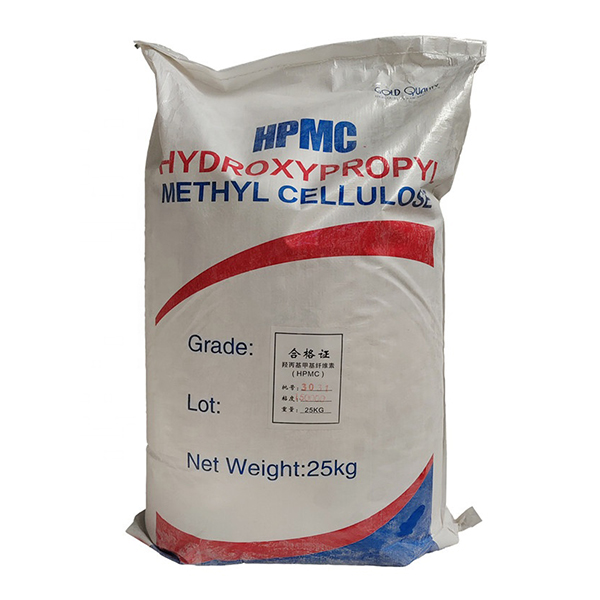Understanding Cellulose Ethers A Versatile Class of Polymers
Cellulose ethers are a significant class of cellulose derivatives that serve a multitude of applications in various industries, including pharmaceuticals, food, cosmetics, and construction. Derived from cellulose, the naturally occurring polymer found in the cell walls of plants, cellulose ethers are formed by substituting hydroxyl groups (-OH) on the cellulose backbone with ether groups. This modification endows cellulose with a range of new properties, making it more versatile and functional for various applications.
Understanding Cellulose Ethers A Versatile Class of Polymers
In the pharmaceutical industry, cellulose ethers play a crucial role as excipients in drug formulations. Their ability to enhance drug solubility and control release rates makes them vital for creating effective and patient-friendly medications. For instance, HPMC is commonly used in controlled-release tablets to ensure a gradual release of the active ingredient, thereby improving therapeutic outcomes and minimizing side effects.
cellulos ether

The food industry also benefits significantly from cellulose ethers. They are frequently used as thickening agents, stabilizers, and emulsifiers, contributing to texture and consistency in products such as ice cream, sauces, and dressings. By enhancing the mouthfeel and preventing ingredient separation, cellulose ethers improve the overall sensory experience of food products, catering to the modern consumer's expectations for quality and performance.
In the realm of construction, cellulose ethers are indispensable as additives in cement and tile adhesives. Their water retention capabilities ensure better workability and bonding of materials, leading to stronger and more durable structures. Additionally, their ability to control viscosity helps in achieving the desired application properties, making them crucial for the formulation of high-performance construction materials.
Cosmetic formulations also take advantage of cellulose ethers due to their thickening and film-forming properties. They are commonly used in lotions, creams, and gels, providing desirable textures and enhancing the stability of emulsions. By improving the spreadability and application of cosmetic products, cellulose ethers contribute to the overall effectiveness and user satisfaction.
In conclusion, cellulose ethers are a versatile and essential class of polymers with a broad scope of applications across various industries. Their unique properties, derived from cellulose modification, allow them to function as thickening agents, stabilizers, and excipients, among other roles. As industries continue to innovate and adapt to consumer demands, the importance of cellulose ethers will undoubtedly grow, paving the way for new applications and advancements in product formulation. Whether in pharmaceuticals, food, cosmetics, or construction, cellulose ethers are poised to remain a key ingredient in the quest for functional and high-performance products.
-
The Versatility of Industrial Additives: Mhec, Hpmc, And Wall Putty SolutionsNewsMar.28,2025
-
The Importance of HPMC in Modern IndustriesNewsMar.28,2025
-
Partnering with Reliable Manufacturers for Optimal ResultsNewsMar.28,2025
-
Enhancing Construction Performance with Redispersible Polymer PowdersNewsMar.28,2025
-
Enhancing Construction and Household Products with Advanced AdditivesNewsMar.28,2025
-
Building Strong Foundations with Key Construction MaterialsNewsMar.28,2025






